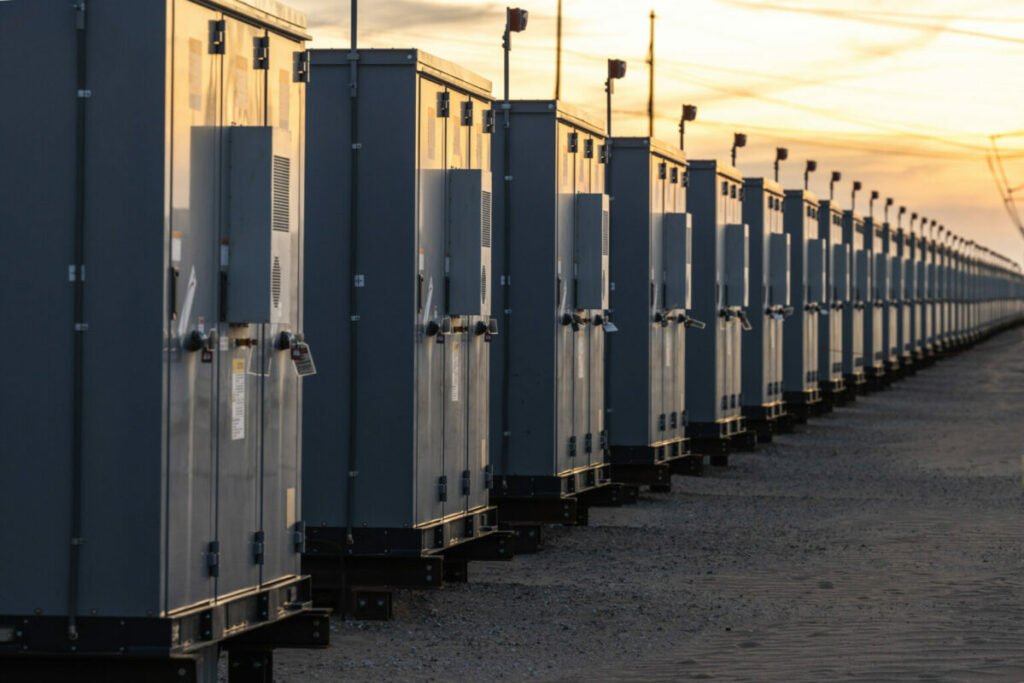CEA report corroborates anecdotal evidence suggesting that BESS costs are on a downward trajectory in 2023, primarily attributed to the escalating costs of lithium carbonate

Leading solar and storage technical advisory firm Clean Energy Associates (CEA) has revealed some ground-breaking news: thanks to incentives provided by the Inflation Reduction Act (IRA), American-manufactured Battery Energy Storage System (BESS) DC container solutions are expected to become cost-competitive with Chinese counterparts by 2025.
The newly published Quarterly BESS Price Forecasting Report for Q3 2023 by CEA provided more information on this encouraging prognosis.
As of 2023, a domestically produced DC BESS container is priced at an average of $256 per kilowatt-hour (kWh) for delivery in 2024/25, while a comparable container manufactured in China for delivery in 2025 is priced at $218 per kWh, accounting for a 10.89% Section 301 tariff on select Chinese goods.
CEA’s analysis is based on a 20-foot container equipped with 14 stacks of 280 Ampere-hour (Ah) prismatic lithium iron phosphate (LFP) battery cells rated at 3.2 volts, boasting a 4-hour capacity, and a liquid-cooled system.
Moreover, CEA contends that if specific subsidies aimed at bolstering clean energy technology production in the US, as stipulated by the IRA, are directly passed on to the consumer, the cost of US-made BESS could potentially decrease by an impressive 13%.
These subsidies encompass the 45X tax credit, which grants $35 per kWh of production to the manufacturer, and the 30D tax credit, applicable to consumers purchasing an electric vehicle (EV) powered by a battery that meets prescribed domestic content requirements.
These substantial advancements are anticipated to materialize once US manufacturing operations achieve significant scale in 2025. The IRA, along with its upstream incentives, has catalyzed a surge in manufacturing investments within the clean energy sector, particularly in lithium-ion batteries and energy storage.
The CEA report corroborates anecdotal evidence suggesting that BESS costs are on a downward trajectory in 2023, following the spikes experienced in 2022, primarily attributed to the escalating costs of lithium carbonate. Going forward, BESS expenses are expected to align with the predominantly descending trend observed in lithium costs.
While the exact figures from the report’s sample were not disclosed, the accompanying charts demonstrate that the cost of China-made BESS for US delivery has declined by nearly 20%, while US-made BESS costs have decreased by approximately 9%.
CEA underscores that lithium-ion battery cells account for roughly half of the total cost of a containerized BESS solution.
Presently, domestically produced lithium iron phosphate (LFP) cells are priced 30% higher than their Chinese-manufactured counterparts, standing at $123.9 per kWh versus $78.7 per kWh. Nevertheless, the incentives outlined in the Inflation Reduction Act have the potential to position US lithium-ion batteries as the most economically viable option globally, according to CEA.
This development marks a significant milestone in the trajectory of the US energy storage industry, paving the way for a more competitive and sustainable future.